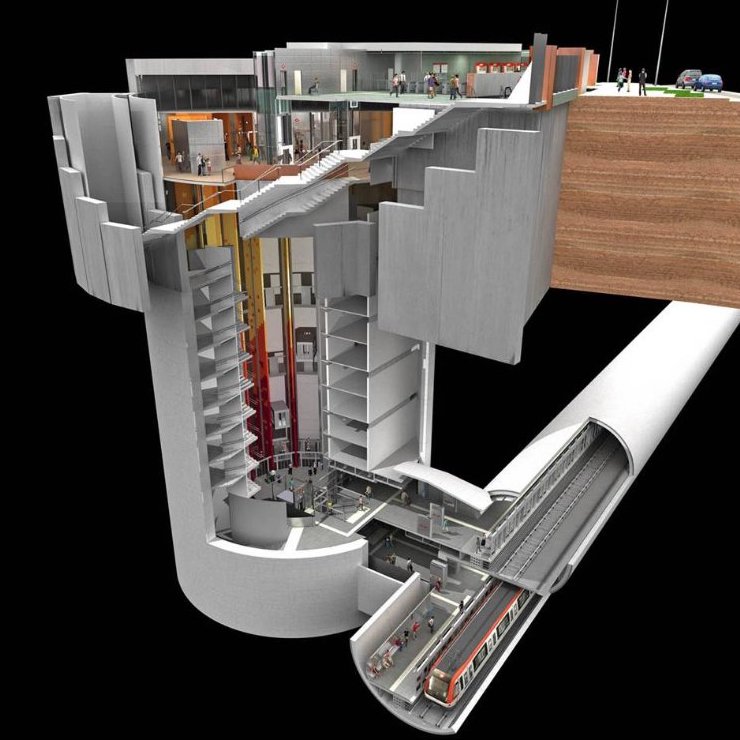thettctransitfanatic
Senior Member
That's not what I stated! Go back and quote me exactly. I stated (gist) "We have enough crowding as it is in Toronto, why extend it to the exurbs where it takes crowding over-capacity".
Without travellers from outside the city, riding on flat TTC fares (check out where many of the cars at TTC parking lots come from) subsidized by Torontonians, depriving Torontonians of spaces on the trains that were built for them, not outsiders, then the subways with a few tweaks could handle the load.
In the event, I can add another new twist to the claim:
https://medium.com/@MikePMoffatt/examining-the-exodus-out-of-toronto-b10384daffb5
Being discussed here: https://urbantoronto.ca/forum/threads/planned-sprawl-in-the-gta.20816/page-31#post-1434699
Toronto subways were built for Torontonians, except for the ridiculous extension up to Vaughan, while Torontonian's real needs were ignored. The overflow comes from outside of Toronto in most cases. And that's my point. As to internal crunch, it looks like (according to StatsCan figures) Toronto proper is shrinking!
Lots of people who park their cars at say, Kipling and Islington station, are outsiders. They really are parking there because they wanna avoid all the downtown traffic like the rest of us, but for the people who live in the inner-city, they have less space to relax and breathe.

